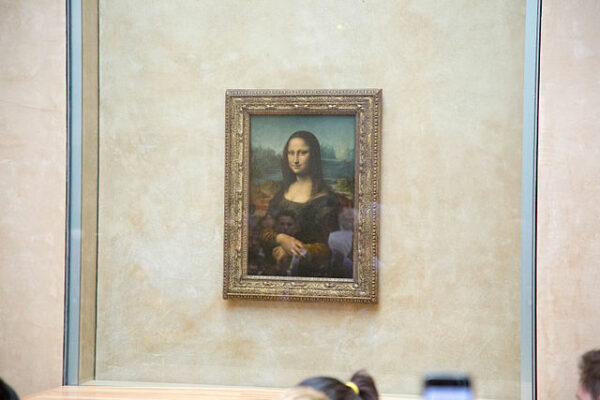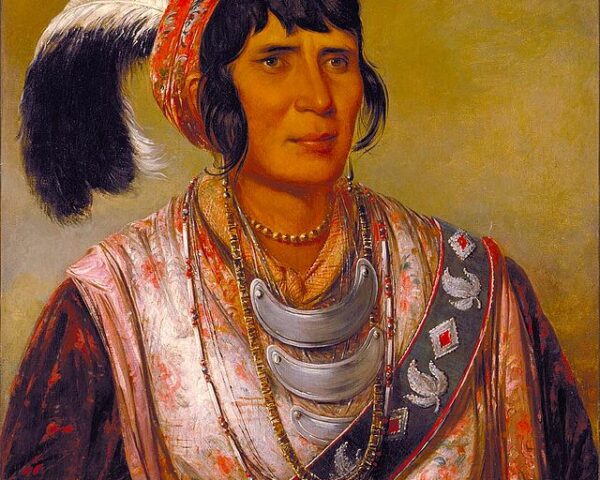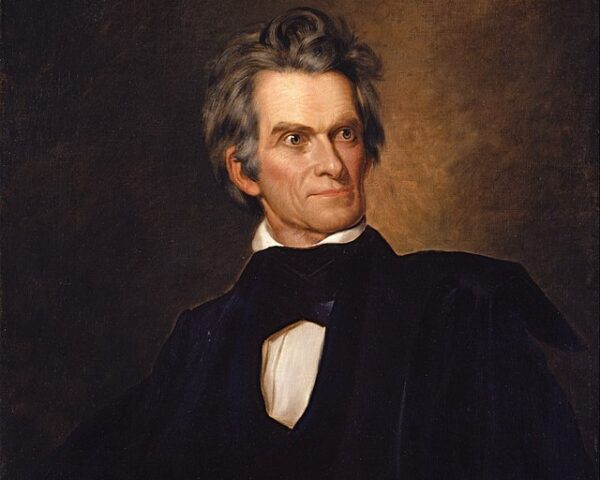On the morning of August 21, 1911, the Louvre awoke to a scandal that would forever change the way the world viewed art, museums, and security. The Mona Lisa, Leonardo da Vinci’s enigmatic portrait of Lisa Gherardini, vanished from its place in the Salon Carré. For more than two years, the world’s most famous smile was lost—spirited away not by a master criminal or international art syndicate, but by Vincenzo Peruggia, a humble Italian handyman who once worked at the museum.
Peruggia’s theft was, in retrospect, astonishingly simple. A native of Lombardy and a former Louvre employee, he had assisted in building the glass cases that protected several masterpieces. He therefore knew both the layout of the museum and its lax procedures. On that fateful Monday—the Louvre was closed to the public—Peruggia donned a white smock like those worn by staff and entered the museum with three other workers. The group went about routine maintenance, and Peruggia slipped into the Salon Carré, lifted the painting off its hooks, and carried it to a nearby service staircase. There, he removed its protective case and frame, wrapped the panel in a white cloth, and tucked it under his arm. When a locked door momentarily trapped him, he simply unscrewed the knob and walked out into Paris, unnoticed.
The discovery of the theft the following day threw the city, and soon the world, into uproar. At first, officials assumed the painting had been taken down for cleaning or photography. But when it failed to reappear, panic spread. The Louvre closed for a week, investigators flooded the galleries, and police questioned artists, employees, and even poets. The famed painter Pablo Picasso and his friend Guillaume Apollinaire were briefly suspects—both men had earlier connections to stolen art—but they were soon cleared. Paris became a frenzy of rumor and accusation. Newspapers across Europe and America devoted front-page space to the missing masterpiece, elevating the Mona Lisa from a Renaissance treasure to an icon of modern celebrity.
For more than two years, the mystery persisted. Peruggia, meanwhile, kept the painting hidden in a trunk in his modest Paris apartment. He insisted later that his motive was patriotic rather than criminal. Convinced that the Mona Lisa had been wrongfully taken to France by Napoleon, he believed it was his duty to return her to Italy. This claim was not strictly accurate—Leonardo himself had carried the portrait to France in the early sixteenth century, where it eventually entered the royal collection—but it gave Peruggia a kind of romantic aura that fascinated the public once the story came to light.
In December 1913, Peruggia finally made his move. He contacted an art dealer in Florence, offering to return the painting to its “homeland.” Suspicious but intrigued, the dealer arranged a meeting at a hotel. When Peruggia unveiled the work from its trunk, experts quickly confirmed its authenticity. Authorities arrested him, and the Mona Lisa was triumphantly displayed across Italy before being returned to the Louvre in early 1914. Italians hailed the thief as a misguided patriot; the French, relieved, strengthened the museum’s security. Peruggia served a little over a year in prison.
The theft transformed the Mona Lisa’s reputation. Before 1911, she was admired by connoisseurs but not necessarily the world’s most famous painting. The crime, the mystery, and the sensational press coverage turned her into a cultural icon. Crowds flocked to see the empty space on the wall during her absence; once she returned, the throngs were even larger. In an age of mass media, the painting’s theft provided the perfect story: a priceless work of genius, a cunning disappearance, and an unlikely culprit. That aura has never faded. Today, millions of visitors line up each year at the Louvre not only to gaze at Leonardo’s artistry but also to stand before a painting that once vanished, only to reappear as the most recognized face in art history.






